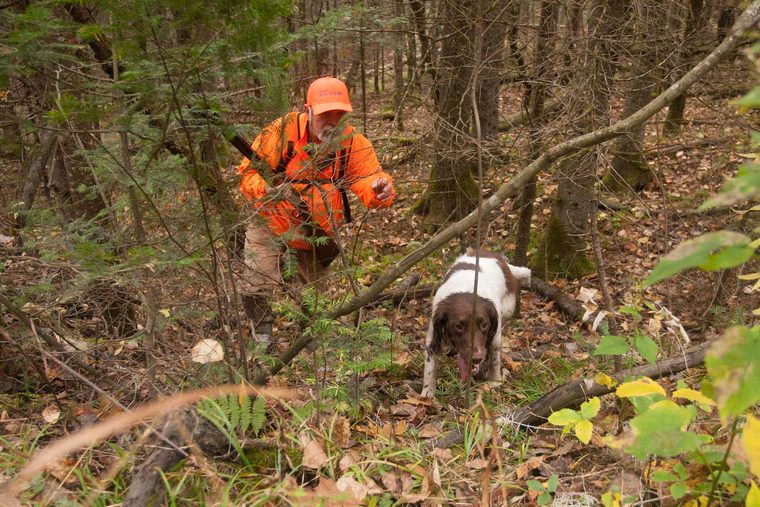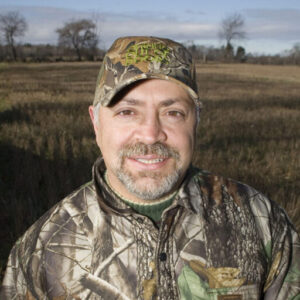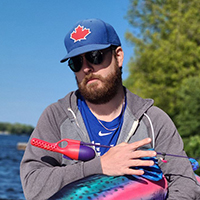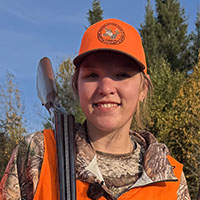If you have a hunting dog, the odds are good that you’ll have to administer first aid one day. The field with all its sharp and jagged things — barbed wire, ice, slick rocks, protruding sticks, old metal, and thorns — can be a dangerous place for creatures who bolt through it at breakneck speeds and low altitude. Just ask my dog…
That’s why I spoke to Dr. Marie McKibbin, a veterinarian with 36 years of experience, to learn more about first aid for the hunting dog.
She says the most common hunting dog injuries she treats are cut pads or paws, usually from broken glass or jagged rocks. Another frequent injury is facial and ear lacerations due to dog fights. Scratched corneas and puncture wounds from sticks, thorns, and porcupine quills are also common, while broken bones and gunshot wounds occur occasionally.
Blood alerts you to most of these injuries, but sometimes, especially with thorns and broken bones, you might only notice your dog worrying the wound or adjusting the way it normally moves.
Common illnesses including heat stroke, exhaustion, hypoglycemia (low blood sugar levels) as well as hot spots and adverse effects from insect bites.

McKibbin says a dog suffering from heat stroke, exhaustion, or being overheated usually pants in a staggering and unsteady manner. Their ears, and back of their gums by the molars also feel very hot. A foamy mouth, along with dark red gums or tongue are also good indicators. A hypoglycemic dog will have white or pale gums and feel normal or cool to the touch.
When you notice any of these injuries or illnesses, stop hunting and assess your dog. McKibbin advises that, after careful evaluation, treat the most urgent things first.
“Respiratory or cardiac arrest trumps bleeding and broken bones,” she says.
The most likely serious emergency most of us will have to deal with is an overheated or hypoglycemic dog. Both require immediate field care, followed by an immediate visit to the vet or emergency clinic.
In the field, heat stroke can be treated by wetting the dog’s coat, belly, ears, and feet with lukewarm water and then fanning it constantly, followed by a visit to the vet. Wet towels work well for this. For hypoglycemia, honey or syrup smeared on gums helps raise blood sugar levels. Repeat until you get your dog under veterinarian care. Offer food too, if the dog will eat.
Cuts, punctures, and wounds should be cleaned out and rinsed. Then use anti-bacterial soap or ointment on the wound and bandage it. If the cut is deep or requires stitches or surgery, get your pup to a veterinarian.
For bee or wasp stings, administer a vet-approved antihistamine and dosage.
Needless to say, our dogs always find ways to get injured. Experience will help you provide the best first aid you can. So, too, will preparation. Have a well-stocked first aid kit handy. Educate yourself by watching online videos about CPR and first aid for dogs. The hunting season is no time for your best friend to be sidelined for too long. Good first aid can help.

Originally published in the Fall 2024 issue of Ontario OUT of DOORS





Contact Information
PO Box 2800 / 4601 Guthrie Dr.
Peterborough, Ontario Canada K9J 8L5
Phone: 705-748-OFAH (6324)
Fax: 705-748-9577
Join Our Newsletter
Watch
Shop
Follow